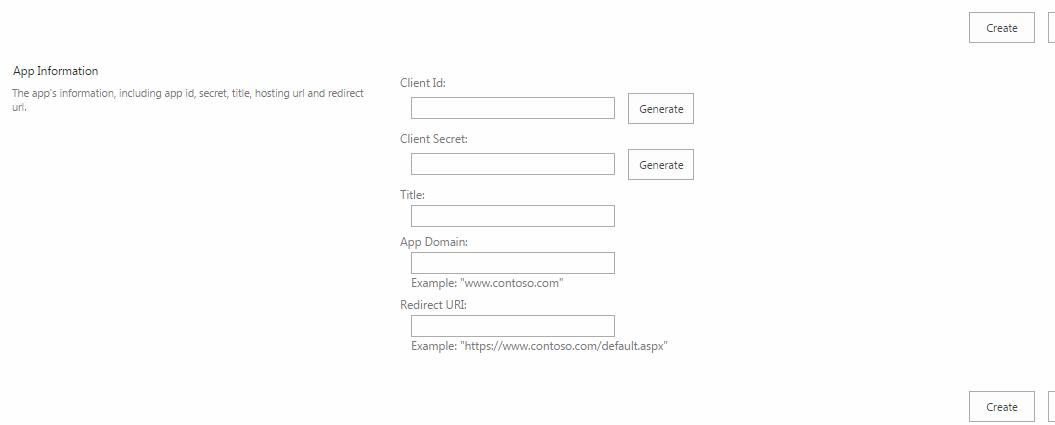Transitioning from Nintex to Power Apps and Power Automate: Embracing the Future of Workflows
Introduction:
Recently, Nintex announced the deprecation of their Nintex Workflow for Office 365 product due to Microsoft's decision to retire SharePoint 2013 workflows by April 2026. This announcement has left organizations relying on Nintex for their workflow automation needs in search of alternative solutions. Fortunately, Microsoft offers powerful alternatives in the form of Power Apps and Power Automate. In this article, we will explore the benefits of transitioning from Nintex to Power Apps and Power Automate, and provide guidance on making a smooth and successful transition.
Understanding Power Apps and Power Automate
In today's rapidly evolving digital landscape, organizations are increasingly seeking low-code or no-code solutions to streamline their business processes. Power Apps and Power Automate are two key offerings from Microsoft that enable organizations to create custom applications and automated workflows without extensive coding knowledge. Let's delve deeper into each of these solutions:
Power Apps
Power Apps is a low-code/no-code platform that empowers users to build custom business applications easily. With its intuitive drag-and-drop interface, users can design forms, create data-driven apps, and leverage pre-built templates to accelerate app development. Power Apps integrates seamlessly with SharePoint, allowing organizations to leverage their existing SharePoint infrastructure while building robust and tailored applications.
Power Automate
Power Automate, formerly known as Microsoft Flow, is a cloud-based service that enables the creation of automated workflows across various systems and applications. It allows organizations to automate repetitive tasks, streamline approvals, and integrate data and processes across multiple platforms. Power Automate offers a rich set of connectors, including SharePoint, enabling seamless integration with other Microsoft services, as well as third-party applications.
Benefits of Transitioning to Power Apps and Power Automate
- Seamless Integration: Power Apps and Power Automate integrate effortlessly with other Microsoft tools and services, such as SharePoint, Microsoft Teams, and Dynamics 365. This integration enables organizations to create end-to-end solutions that leverage the power of multiple platforms.
- Scalability and Flexibility: Power Apps and Power Automate offer scalability, allowing organizations to start small and grow their applications and workflows as needed. With their intuitive interfaces and drag-and-drop functionality, users can quickly build and customize solutions to meet specific business requirements.
- Mobile Support: Power Apps provides native mobile support, allowing users to access and interact with applications from anywhere, using their smartphones or tablets. This mobile capability enhances productivity and enables users to stay connected on the go.
- Rich Set of Connectors: Power Apps and Power Automate offer an extensive library of connectors that enable seamless integration with various data sources and systems, both within and outside the Microsoft ecosystem. This connector ecosystem allows organizations to bring together data and automate processes across different platforms.
Transitioning from Nintex to Power Apps and Power Automate
- Assess Your Existing Nintex Workflows: Start by identifying the Nintex workflows currently in use within your organization. Understand their purpose, complexity, and any dependencies they may have on other systems or applications.
- Replicate Nintex Forms and Workflows in Power Apps and Power Automate: Leverage the intuitive interfaces of Power Apps and Power Automate to recreate your Nintex forms and workflows. Power Apps provides form-building capabilities, while Power Automate allows you to recreate the logic and automation.
- Migrate Data and Integration Points: As you transition, ensure a smooth data migration process, taking into account any integration points or data dependencies between Nintex and other systems. Leverage the connectors available in Power Apps and Power Automate to connect and integrate with these systems seamlessly.
- Test and Iterate: Thoroughly test your Power Apps and Power Automate solutions to ensure they meet your requirements and function as expected. Iteratively refine and enhance your workflows based on feedback and user testing.
- Train Users and Promote Adoption: Conduct training sessions to familiarize users with Power Apps and Power Automate. Highlight the benefits and capabilities of these solutions to encourage adoption and drive user engagement.
Best Practices and Considerations
- Involve Key Stakeholders: Engage stakeholders, including business users and IT teams, throughout the transition process. Their insights and feedback will help ensure a successful migration.
- Thoroughly Test Before Migration: Test your Power Apps and Power Automate workflows extensively before migrating from Nintex. Identify and resolve any issues or gaps to avoid disruptions during the transition.
- Handle Complex Workflows Strategically: For complex workflows that may require additional customization or integration, work closely with your IT teams and Microsoft's support to find the best approach.
- Leverage Microsoft's Resources: Microsoft offers extensive documentation, tutorials, and support to assist organizations during the transition. Take advantage of these resources to gain a deeper understanding of Power Apps and Power Automate.
Conclusion
The deprecation of Nintex Workflow for Office 365 may initially seem daunting, but it presents organizations with an opportunity to embrace the future of workflow automation. By transitioning to Power Apps and Power Automate, organizations can unlock enhanced capabilities, seamless integration, and a more streamlined workflow experience. Plan your transition carefully, leveraging the scalability, flexibility, and rich feature set offered by Power Apps and Power Automate. Embrace this opportunity to stay ahead in the ever-evolving digital landscape and drive greater productivity and efficiency within your organization.






Comments
Post a Comment